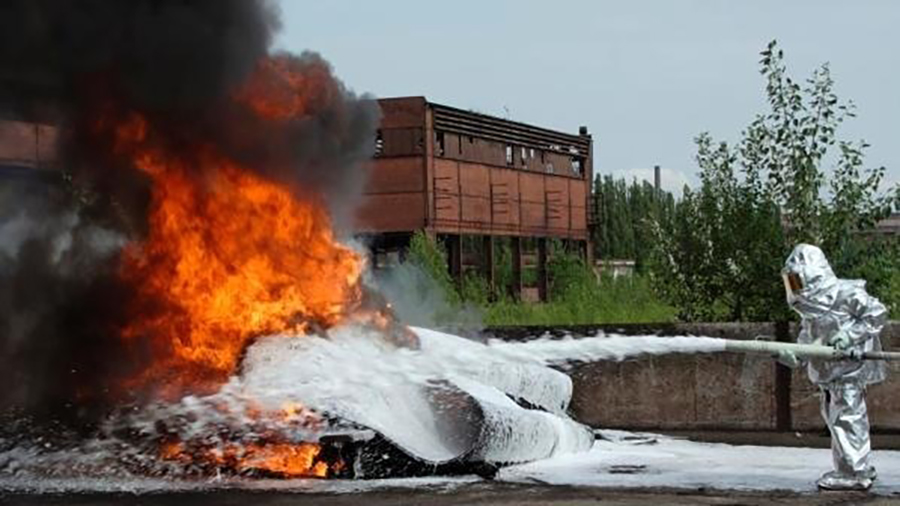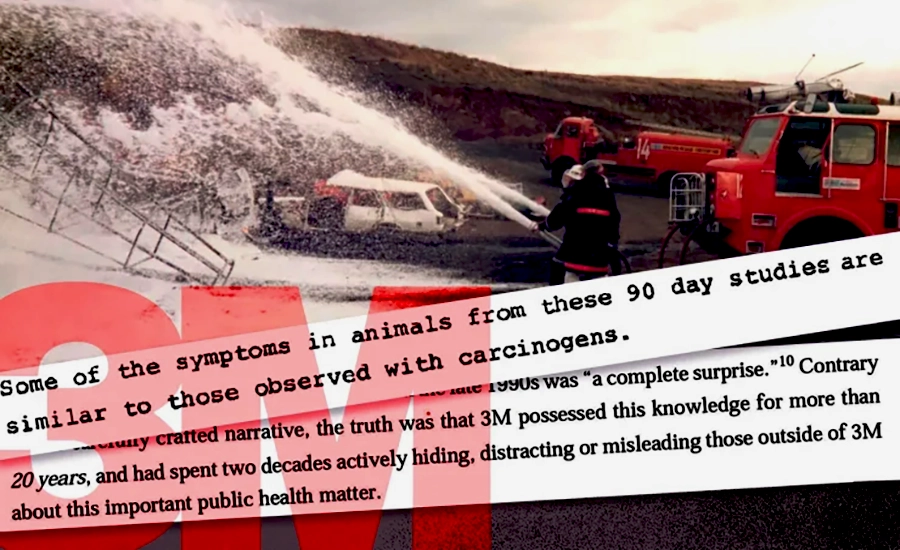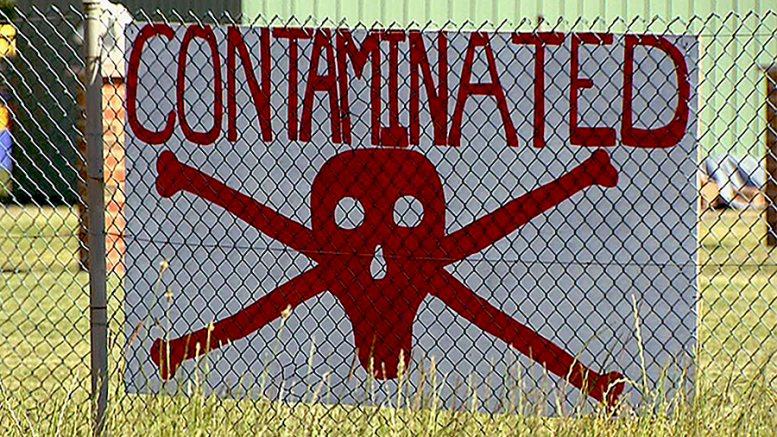Contributed from Victoria
Some 30,000 people across Australia will have a direct interest in a class action to win compensation for contamination of their homes by Australian Defence Force. It is alleged that toxic chemical spraying was used at a range of military bases, and this has affected large areas around them. The result has been the spread of Perfluoroalkyl and Polyfluoroalkyl Substances (PFAS). These accumulate in the bodies of plants and animals and are known to damage reproductive, developmental, and other biological systems. Shine lawyers have taken on the case.
A previous hearing in February found the case proven. But the plaintiffs saw the compensation offered as insufficient to cover the losses and refused to sign a settlement. It has now gone back to court.
Participants in the class action say their homes were covered with a fine dust, plants don’t grow properly, and they and their families have been hit with major health problems. Even the health of their pets has been affected. Some studies have found a link to liver damage, and kidney and testicular cancer.
PFAS were widely used in firefighting foams at military bases until the early 2000s. Residents within the contaminated areas have been trapped in toxic homes for many years, and it is only now that the whole truth has emerging.

The case appeared in the court last Monday and is expected to last about 6 weeks. Landowners in Wagga Wagga (NSW), Richmond (NSW), Wreck Bay (NSW), Wodonga (VIC), Darwin (NT), Townsville (QLD), Edinburgh (SA) and Bullsbrook (WA) are being represented.
According to Craig Allsop, head of class actions at Shine Lawyers, the case is “trying to right a wrong.” He says residents are “unable to sell their properties or enjoy simple freedoms like running the tap for a glass of water or to bathe their children.
“Toxicology reports point to PFAS levels in the eight areas of investigation being dangerously high. It’s time the government showed some accountability.”
Till now, the Defence Department, and therefore the government, have refused to admit responsibility. But like any other organisation or individual, they should be held responsible, if found to have released harmful substances into the environment.

There are the questions of whether the Department knew about the nature of PFAS, and if it didn’t, why was no proper investigation of the effects of these chemicals before they were used? The suppliers, the multinational 3M has known about the harmful effects of FSAF, continued to sell them, and kept quiet about the truth. For years, these chemicals were used to manufacture the company’s flagship fabric protector Scotchgard. 3M faces massive lawsuit the United States.
This is not the first time this has happened, and it suggests that Australia has long needed far more stringent control and policing of taxic chemicals and other substances. The blowout over asbestos should have been a warning.
Then and now, when there is money to be made, or there is a lack of proper oversight, contamination will keep on recurring. Cases like this one are important. They bring to our attention the need to act and push through measures to minimize the risk.


Be the first to comment on "Class action for contamination caused by the Australian Defence Force"